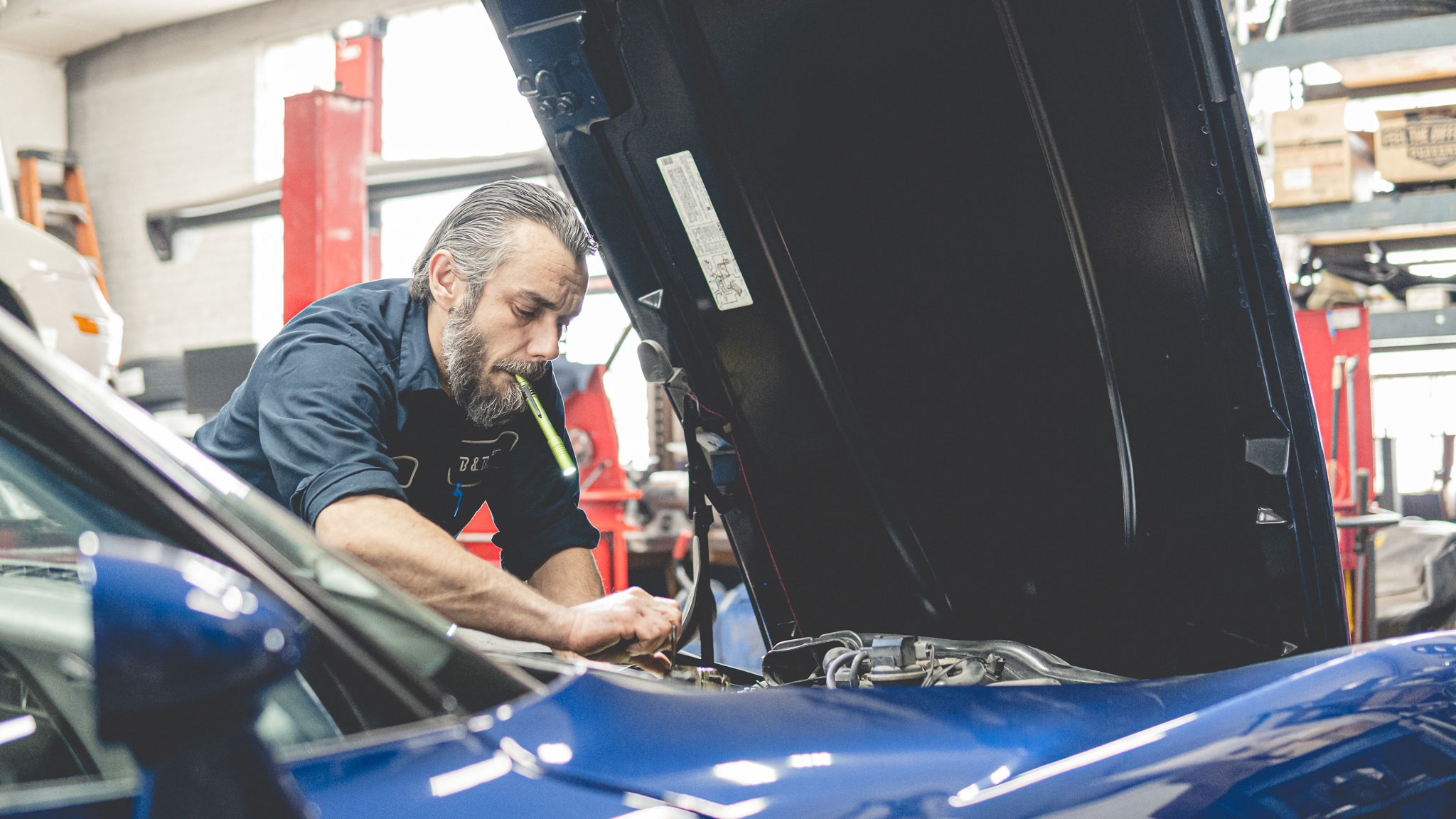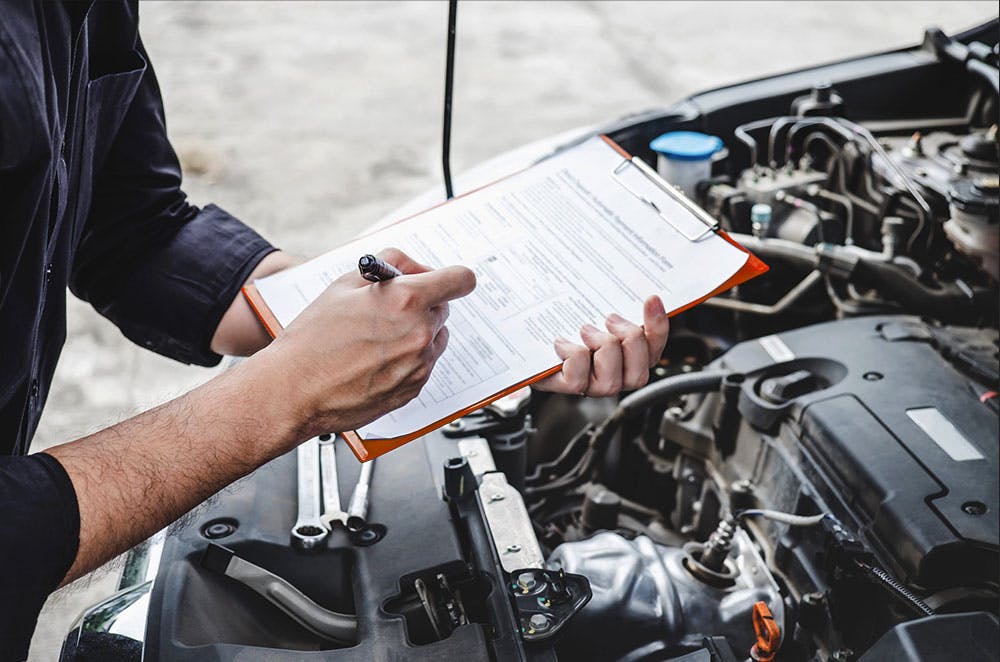All Categories
Featured

When it comes to vehicle repairs, among one of the most significant decisions you'll face is whether to go with Original Equipment Supplier (OEM) components or aftermarket components. Both alternatives provide unique advantages, yet they additionally come with some trade-offs. Recognizing the differences in between these two sorts of parts can aid you make a much more informed decision, guaranteeing your vehicle stays in top form while installation within your budget plan. Below, we discover the benefits and considerations of both OEM and aftermarket components to aid you select the right choice for your next vehicle fixing.

What Are OEM Components? When it was first constructed, OEM components are made by the same company that made the components in your car. They are created specifically for your make and design, ensuring excellent compatibility and high-quality performance. Since OEM components are the exact same ones made use of in the original assembly of your lorry, they have a tendency to fulfill the exact same high criteria set by the manufacturer.
One of the main benefits of choosing OEM parts is the assurance of top quality and dependability. If your car is still under guarantee, utilizing OEM parts for repair services can help make sure that your warranty continues to be valid.

What Are Aftermarket Parts? Aftermarket parts, on the various other hand, are produced by third-party suppliers that might not be straight affiliated with the automobile's initial producer. These parts are designed to fit a variety of cars and are usually cheaper than OEM components. While lots of aftermarket components are of high top quality, they can vary substantially in between producers.
One of the most considerable benefit of aftermarket components is their cost-effectiveness. Given that these components are mass-produced and do not have the very same expenses costs as OEM parts, they are commonly priced lower. Additionally, aftermarket components can provide enhanced performance or aesthetic improvements over OEM components. Aftermarket exhaust systems or suspension components might offer better efficiency or a more hostile appearance contrasted to factory-installed parts.
Benefits of OEM Parts. Guaranteed Fit and High quality: OEM parts are made to satisfy the specific requirements of your vehicle, ensuring a best fit and preserving the performance criteria that the manufacturer intended. Warranty: Many OEM components feature a guarantee, using satisfaction in instance the part is defective or fails too soon. Resale Worth: If you intend on marketing your automobile, making use of OEM components can aid maintain its resale value considering that possible purchasers frequently look for lorries that have been repaired with original components. Vehicle Stability: Making use of OEM parts assists make certain that your car remains to carry out as meant by the maker, maintaining it in optimum condition. Benefits of Aftermarket Components. Reduced Rate: Aftermarket parts are frequently extra budget friendly, which can be a significant factor to consider if you get on a budget plan or aiming to save money on fixings. Selection and Customization: Aftermarket parts use a wide range of choices, specifically for performance upgrades or aesthetic changes, permitting you to individualize your lorry or boost its performance. Wide Availability: Aftermarket parts are normally less complicated to discover than OEM parts, particularly for older lorries or hard-to-find parts. Efficiency Enhancements: Sometimes, aftermarket components are created to give premium efficiency, such as much better brakes or higher-flow air filters that enhance horsepower. Drawbacks of OEM Parts. Higher Price: OEM components have a tendency to be extra pricey than aftermarket alternatives, which might be a downside for automobile proprietors on a limited spending plan. Restricted Choices for Modification: OEM parts are designed to change the initial parts with no enhancements, so they may not supply efficiency upgrades or visual modifications. Accessibility: Depending upon the make and design of your vehicle, OEM parts can often be hard to find, especially if your cars and truck is older or has been ceased. Drawbacks of Aftermarket Components. Irregular Quality: The top quality of aftermarket parts can differ significantly between manufacturers. While some are made with high-grade products, others might be much less sturdy or poorly created, which could result in faster wear and tear. Possible Fitment Issues: Aftermarket parts might not constantly fit your lorry as precisely as OEM components, bring about possible compatibility problems or added job throughout setup. Service Warranty Concerns: Making use of aftermarket parts might void your manufacturer's guarantee or result in problems if a failure takes place that is relevant to the aftermarket part. How to Determine In Between OEM and Aftermarket Parts. Selecting in between OEM and aftermarket components relies on several factors, including your budget plan, the age and problem of your vehicle, and your specific repair needs.
Budget plan: If cost is your primary concern, aftermarket components are often the much more budget friendly choice. Nonetheless, it's important to consider the lasting value of your decision. You might finish up investing a lot more in the lengthy run if you choose for a less costly aftermarket component that doesn't execute well or requires frequent replacements. Car Age and Condition: For more recent lorries still under service warranty or those in outstanding condition, OEM parts are commonly suggested to maintain the cars and truck's honesty and ensure it remains to run as meant. For older cars, aftermarket components may supply a more budget-friendly remedy without jeopardizing efficiency. Fixing Kind: Some fixings, especially safety-related parts like airbags or brake systems, are best managed with OEM components to guarantee ideal security and integrity. For non-essential repair work or performance upgrades, aftermarket components might offer an excellent equilibrium in between cost and efficiency. Conclusion. The decision between OEM and aftermarket components depends on your particular demands, preferences, and budget. While OEM parts provide assured high quality and reliability, aftermarket parts supply cost savings and the possibility for efficiency improvements or personalization. By meticulously thinking about elements like the nature of the repair service, the age of your vehicle, and your economic circumstance, you can make an informed choice that ensures your car continues to be in top condition without damaging the financial institution. Constantly seek advice from with a relied on auto mechanic to determine the most effective alternative for your repair service requires.
Latest Posts
Uncover the Best Auto Repair Deals in Montclare, Chicago
Published May 29, 25
1 min read
Explore Brake Repair & More: Complete Services Guide from Montclare Auto Repair
Published May 24, 25
1 min read
Explore Exclusive Auto Repair Offers in Chicago at Montclare Auto Repair
Published May 22, 25
1 min read
More
Latest Posts
Uncover the Best Auto Repair Deals in Montclare, Chicago
Published May 29, 25
1 min read
Explore Brake Repair & More: Complete Services Guide from Montclare Auto Repair
Published May 24, 25
1 min read
Explore Exclusive Auto Repair Offers in Chicago at Montclare Auto Repair
Published May 22, 25
1 min read